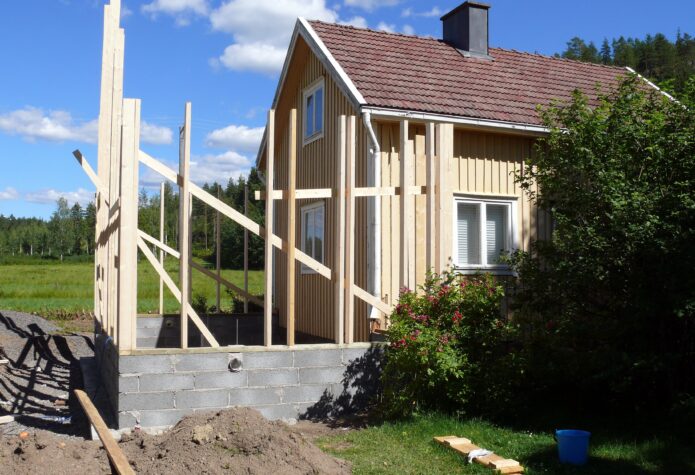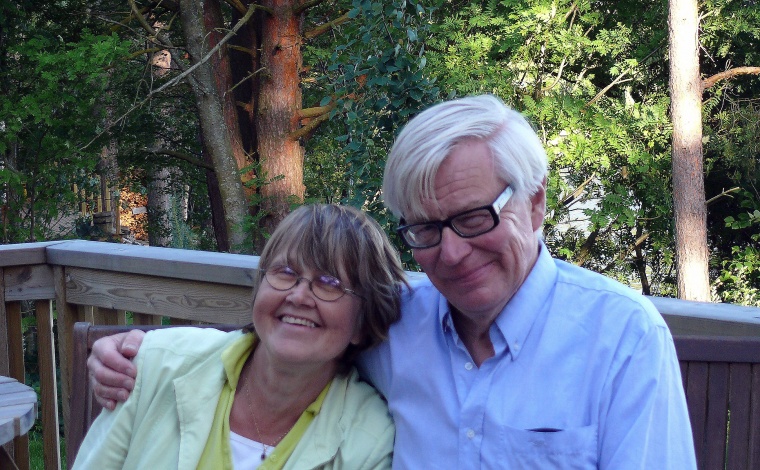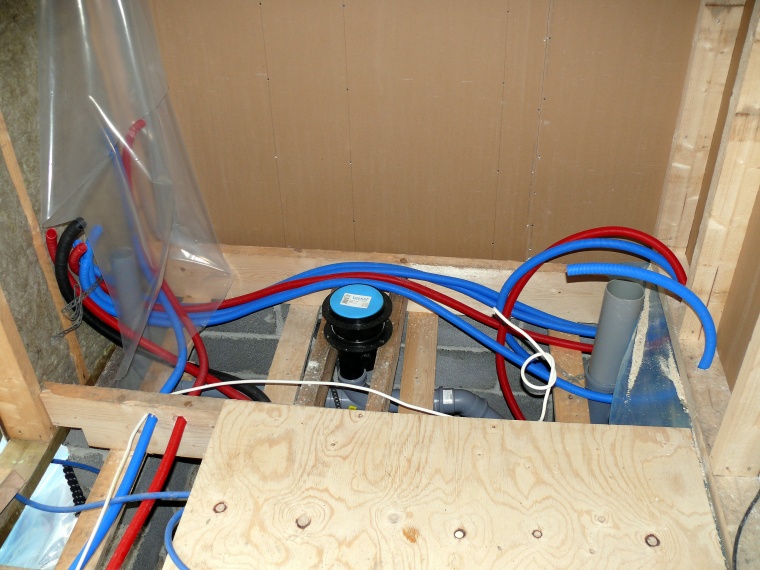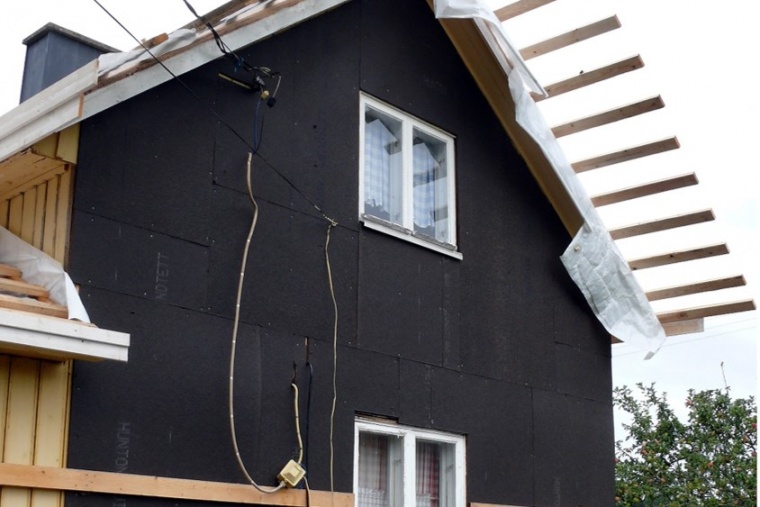Loan improves household wastewater cleaning and insulation

In a valley on the outskirts of a beautiful residential area, a summer house is being renovated for year-around living. The renovation will make important contributions to the environment by decreasing both nutrient discharge into watercourses and emissions to the air.
Terhi and Leif Fredriksson were born and have lived all their lives in Helsinki. As they near retirement, the idea of moving to their summer house permanently is becoming a reality. The house is situated in Salo, a middle-sized city some 100 kilometres northwest of Helsinki.
“The house has a special place in my heart,” says Terhi. “My grandparents bought the summer house in the early 1950s and I spent most of my summer holidays here in my childhood and youth”.
In those days the surroundings were cultivated land, but over the years, as the city of Salo has grown, the area has been filled with one-family houses, lived in permanently.
“This is an idyllic place to live in,” says Terhi and Leif Fredriksson. In summer, they will move permanently to their beloved house in Salo.
For Leif, the house and the surroundings are also very familiar. Since the 1980s, Terhi and Leif and their children have spent their summer holidays and many weekends from March to October at the house.
Wastewater is cleaned on site
Back in the 1950s, summer houses were built with neither running water nor indoor toilets. As Terhi and Leif are going to live in the Salo summer house permanently, they decided to enlarge the house and install modern conveniences.
In the 1950s summer houses were built without running water and indoor toilets. Nowadays the clean water comes from the municipal water utility, but the waste water will be treated on-site.
The clean water comes from the municipal water utility but wastewater is not yet connected to the municipal discharge treatment system and will not be for another ten years. Finnish legislation sets requirements for household wastewater treatment. According to the law, all households that are not connected to municipal wastewater treatment systems must, by 2014, clean their wastewater on site before it drains into the ground and watercourses.
That is why the Fredrikssons decided to install their own wastewater treatment equipment while renovating and enlarging their house. In their garden, a four-metre-deep hole was dug to place two discharge containers and handling cassettes for the wastewater treatment.
On-site wastewater treatment is an efficient way to decrease so-called diffuse emissions, which are emissions from large areas, or from several emission sources that are hard to identify. The discharge of nitrogen and phosphorous is considered to be one of the biggest reasons of the eutrophication of the Baltic Sea. In the Baltic Sea area, a significant part of the nitrogen and phosphorus discharge originates from untreated wastewater in rural residential areas and agriculture.
House insulation will be improved
“When the work on the enlargement of the house began, the builder suggested that we install modern insulation laminates around the whole house at the same time” says Leif.
Better insulation improves energy efficiency and thus offers significant environmental benefits, because of decreased emissions to the air.
“Even though this of course increased the costs, we agreed with the builder-efficient insulation decreases energy use and is smart from an environmental point of view,” he adds.
 The Fredrikssons decided to install new insulation laminates to maximise energy efficieny.
The Fredrikssons decided to install new insulation laminates to maximise energy efficieny.
NIB loan provides the funds
When Terhi and Leif were discussing applying for a loan from Aktia Bank, their bank manager suggested that the wastewater treatment and the house insulation could be financed with an environmental loan.
The environmental loan is the result of cooperation with NIB, which in May 2008 granted intermediary loans of EUR 30 million respectively to two Finnish banks—Aktia Bank and Sampo Bank. NIB’s loans are being onlent in smaller tranches by the intermediary banks. Terhi and Leif Fredriksson’s environmental loan from Aktia is a good example of how NIB can contribute to small-scale environmental investments that decrease diffuse emissions.
Terhi and Leif’s year-long house renovation project will be finalised in the beginning of the summer. The deep hole is filled and the apple trees that have been growing in the garden for decades will have the peace to grow and provide the Fredrikssons with apples in the autumn.
After years of driving back and forth between Helsinki and Salo, Terhi and Leif can also be proud of another environment-friendly fact: less driving means lower emissions.
“It turned out to be ecological thinking from start to finish,” Leif says with a smile on his face.
